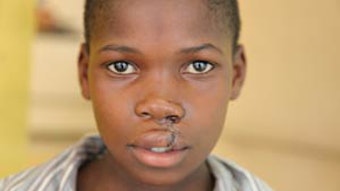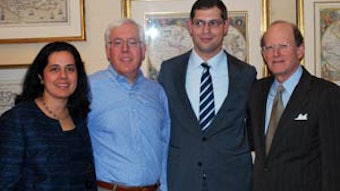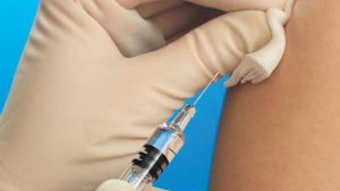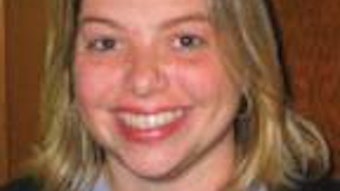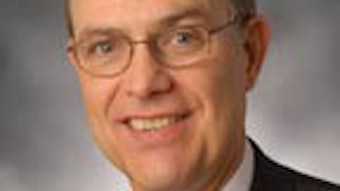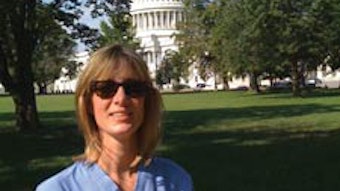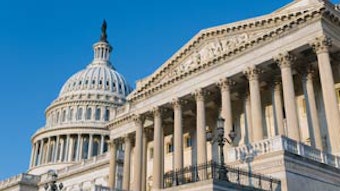Tools You Can Use for State Advocacy
In 2011, every state legislature in the country will convene in general session to consider a variety of measures, many of which will be aimed at closing ongoing budget holes and implementing federal healthcare reforms. StateNet estimates a total of 140,000 bills will be introduced this year, eligible for consideration, in addition to those bills held over from 2010 in New Jersey and Virginia. Each year, AAO-HNS State Legislative Affairs staff reviews thousands of bills using its bill-tracking software, CQ StateTrack, which employs keyword searches to identify bills of potential interest. In 2010, the AAO-HNS made these reports available on its website, accessible at www.entnet.org/practice/members/stateadvocacy.cfm, enabling members to review all bills being tracked – over 450 – by state and issue. Due to publication deadlines, many legislative activities cannot be reported on in a timely manner in AAO-HNS publications. Since state legislation can move rapidly and be amended at any time, these reports allow you to follow important bills as they develop. To take further advantage of the features of the product, several state society leaders are now receiving customized state reports, reviewing bills, and strategizing with Academy staff about legislation as it moves through the process. This year, the AAO-HNS is using a new service that can also benefit members and state otolaryngology societies, StateConnect. Offered by the National Conference of State Legislatures, this interactive program allows access to real-time legislator data, including committee assignments and contact and biographical information. It also allows users to download legislator lists based on committee, party, and position, saving significant staff time when a letter or email needs to be sent to a group of legislators on a particular bill. The Surgery State Legislative Action Center, hosted by the American College of Surgeons, allows you to find out who represents you and send email directly to those legislators. In addition, when a state bill requires involvement by our members, staff can offer pre-written emails or talking points to provide you the necessary tools to communicate with legislators with minimal time commitment. State and national societies are invited to work with Government Affairs staff to use this helpful program. Finally, in addition to state bill-tracking reports, the State Advocacy section of the AAO-HNS website, accessible at www.entnet.org/practice/members/stateadvocacy.cfm, provides numerous other resources, including Academy letters, position statements, articles, and testimony. If you have not signed up already, be sure to join the ENT Advocacy Network, which provides members with bi-weekly email updates of key state and federal legislative and political developments, and enhancements to our already extensive list of service offerings. This is a free member benefit, and joining is simple: email govtaffairs@entnet.org. Contact us at legstate@entnet.org with questions or to discuss how you might take advantage of any of these services.
Each year, AAO-HNS State Legislative Affairs staff reviews thousands of bills using its bill-tracking software, CQ StateTrack, which employs keyword searches to identify bills of potential interest. In 2010, the AAO-HNS made these reports available on its website, accessible at www.entnet.org/practice/members/stateadvocacy.cfm, enabling members to review all bills being tracked – over 450 – by state and issue.
Due to publication deadlines, many legislative activities cannot be reported on in a timely manner in AAO-HNS publications. Since state legislation can move rapidly and be amended at any time, these reports allow you to follow important bills as they develop. To take further advantage of the features of the product, several state society leaders are now receiving customized state reports, reviewing bills, and strategizing with Academy staff about legislation as it moves through the process.
This year, the AAO-HNS is using a new service that can also benefit members and state otolaryngology societies, StateConnect. Offered by the National Conference of State Legislatures, this interactive program allows access to real-time legislator data, including committee assignments and contact and biographical information. It also allows users to download legislator lists based on committee, party, and position, saving significant staff time when a letter or email needs to be sent to a group of legislators on a particular bill.
The Surgery State Legislative Action Center, hosted by the American College of Surgeons, allows you to find out who represents you and send email directly to those legislators. In addition, when a state bill requires involvement by our members, staff can offer pre-written emails or talking points to provide you the necessary tools to communicate with legislators with minimal time commitment. State and national societies are invited to work with Government Affairs staff to use this helpful program.
Finally, in addition to state bill-tracking reports, the State Advocacy section of the AAO-HNS website, accessible at www.entnet.org/practice/members/stateadvocacy.cfm, provides numerous other resources, including Academy letters, position statements, articles, and testimony.
If you have not signed up already, be sure to join the ENT Advocacy Network, which provides members with bi-weekly email updates of key state and federal legislative and political developments, and enhancements to our already extensive list of service offerings. This is a free member benefit, and joining is simple: email govtaffairs@entnet.org.
Contact us at legstate@entnet.org with questions or to discuss how you might take advantage of any of these services.
